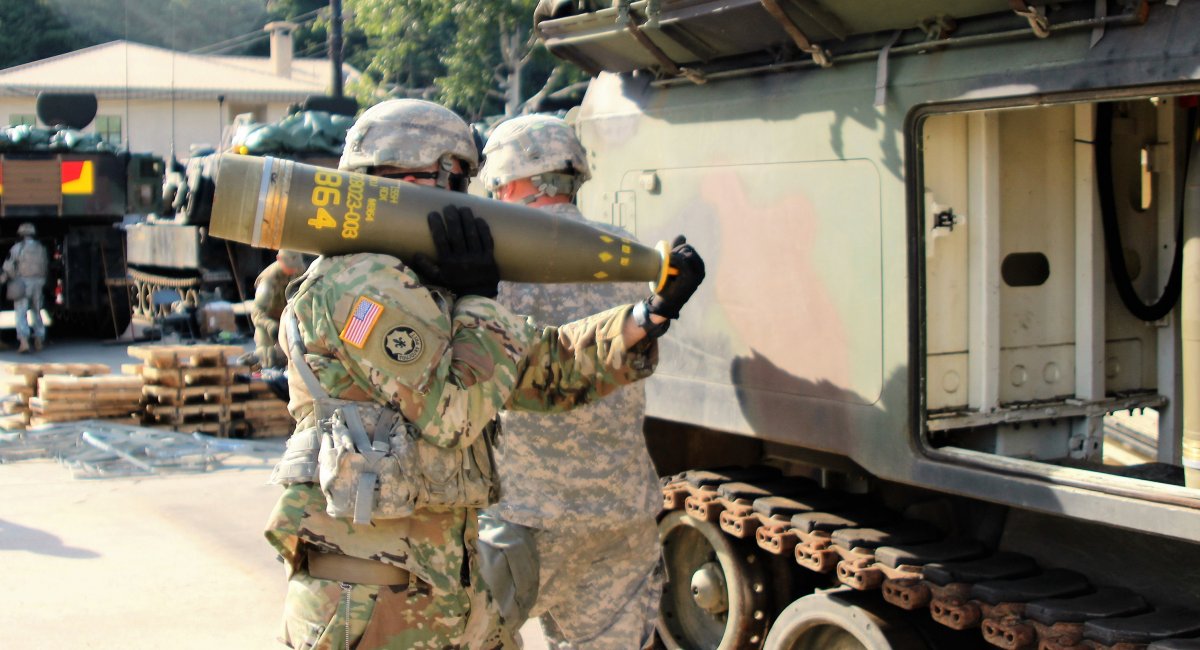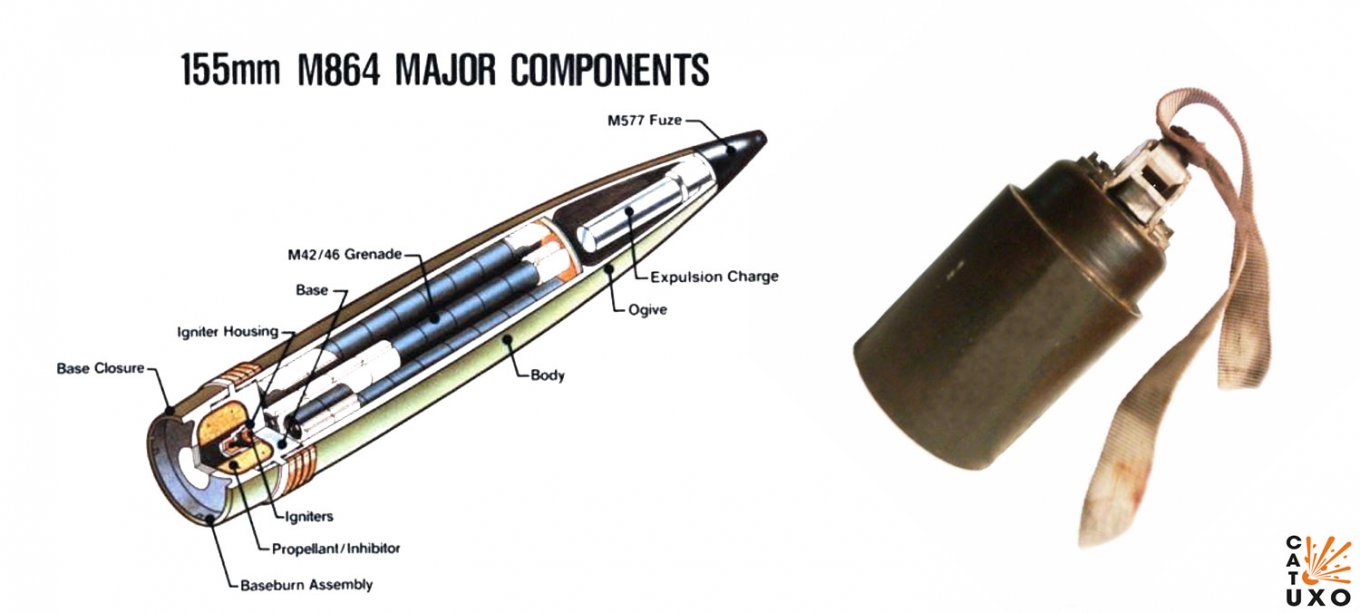
Cluster munitions for Ukraine from the United States: Washington may give its consent in a couple of days
The transfer of DPICM cluster munitions to Ukraine is more than just an expected decision, as they were designed for real war conditions
For a long time, Ukraine has been asking the United States to start supplying cluster munitions, which are essential for the most effective destruction of targets on the battlefield.
In fact, a single DPICM cluster artillery shell can do the job of 10 conventional high-explosive fragmentation shells when destroying most typical targets, which is extremely important in a situation where the supply of ammunition to Ukraine has been facing enormous difficulties.
But despite repeated appeals, Washington refused to provide such supplies. But now, according to the American NBC, citing three unnamed officials, the decision has actually been made. Two sources said that the announcement of the transfer of cluster munitions will be made in early July, in a couple of days. Another source confirmed that the issue is being worked on, but without specifying a timeframe for a decision.
It should be noted that the obstacles to the transfer of DPICM are legislative. Although Ukraine, like the United States, is not a member of the Convention on Cluster Munitions, the United States has a legal ban on the export of cluster munitions with a failure rate of more than 1%. DPICM shells have a failure rate of 3% and are being replaced by C-DAEMs with less than 1% of failed sub-elements.

In addition, the US Army has a de facto ban on the use of DPICMs, but they can be used in “emergency cases.” At the same time, the cluster artillery shell itself, like all other similar munitions in the United States during the Cold War, was considered an effective means of warfare against the USSR and other enemies with superior manpower and equipment.
It should be noted that Russia is also not a member of the Convention on Cluster Munitions, and moreover, it uses shells with a much higher rate of sub-element failure.
It is not yet known how the permit for the transfer of cluster munitions to the Armed Forces will be formalized. If this decision is made, it will open the way to obtaining other means of destruction of cluster munitions. In particular, cassette versions of ATACMS, which in this version are an ideal solution against helicopter landing sites of the Russian army aviation, areas of equipment concentration and many other targets compared to conventional fragmentation and explosive weapons.
It should also be noted that cluster munitions exist for HIMARS, which will also allow us to talk about expanding the number of missile supplies to this system.

